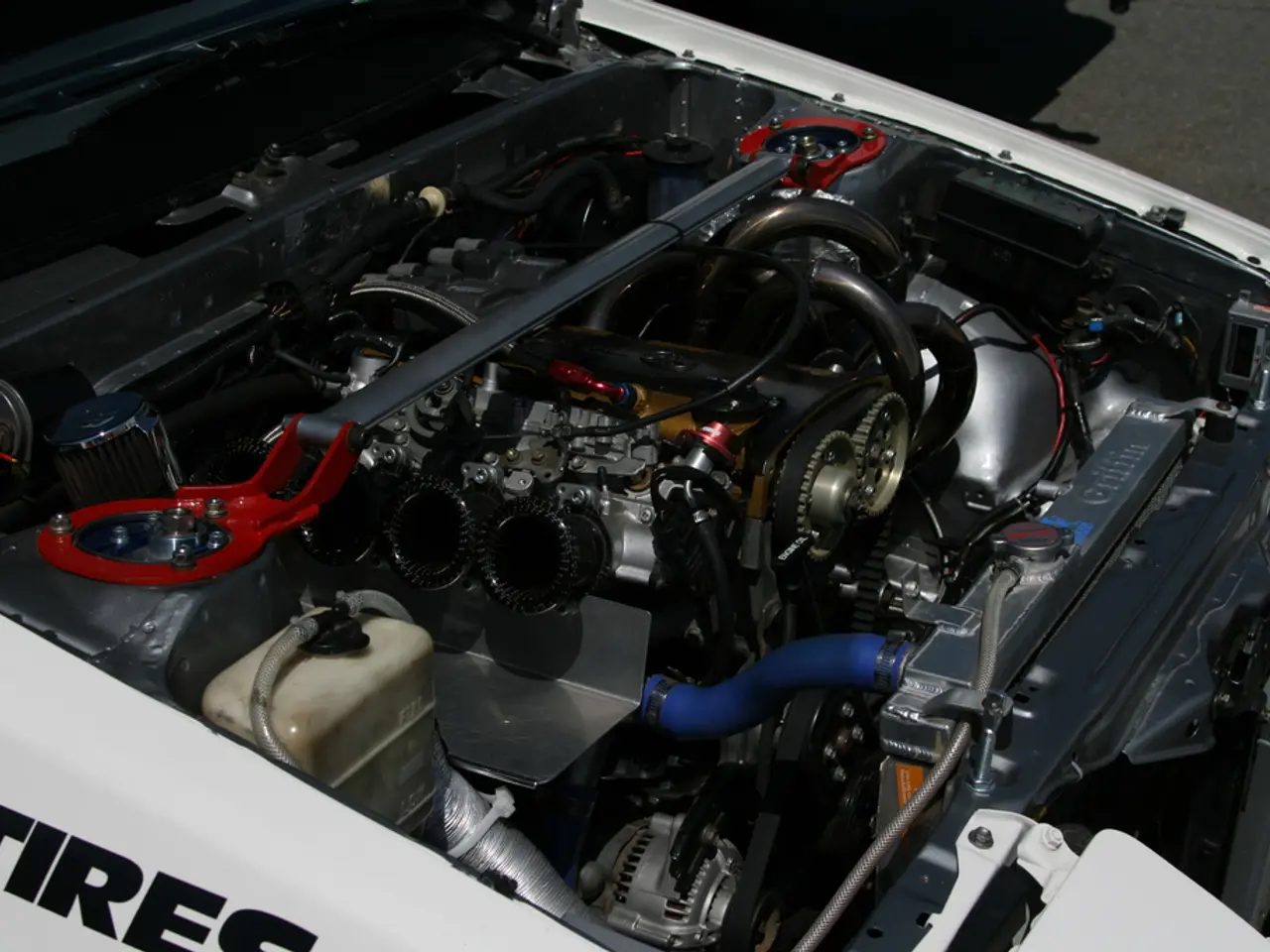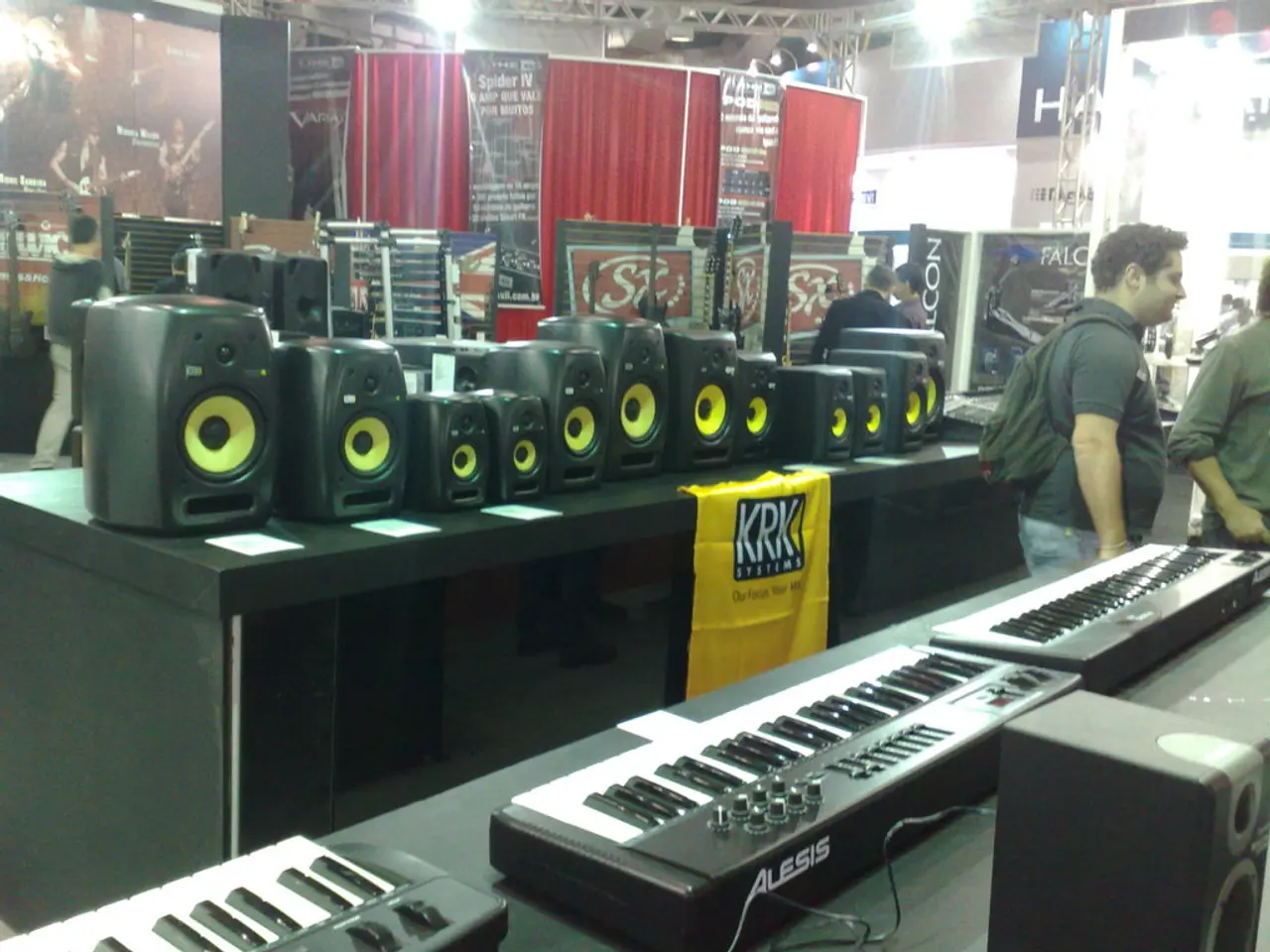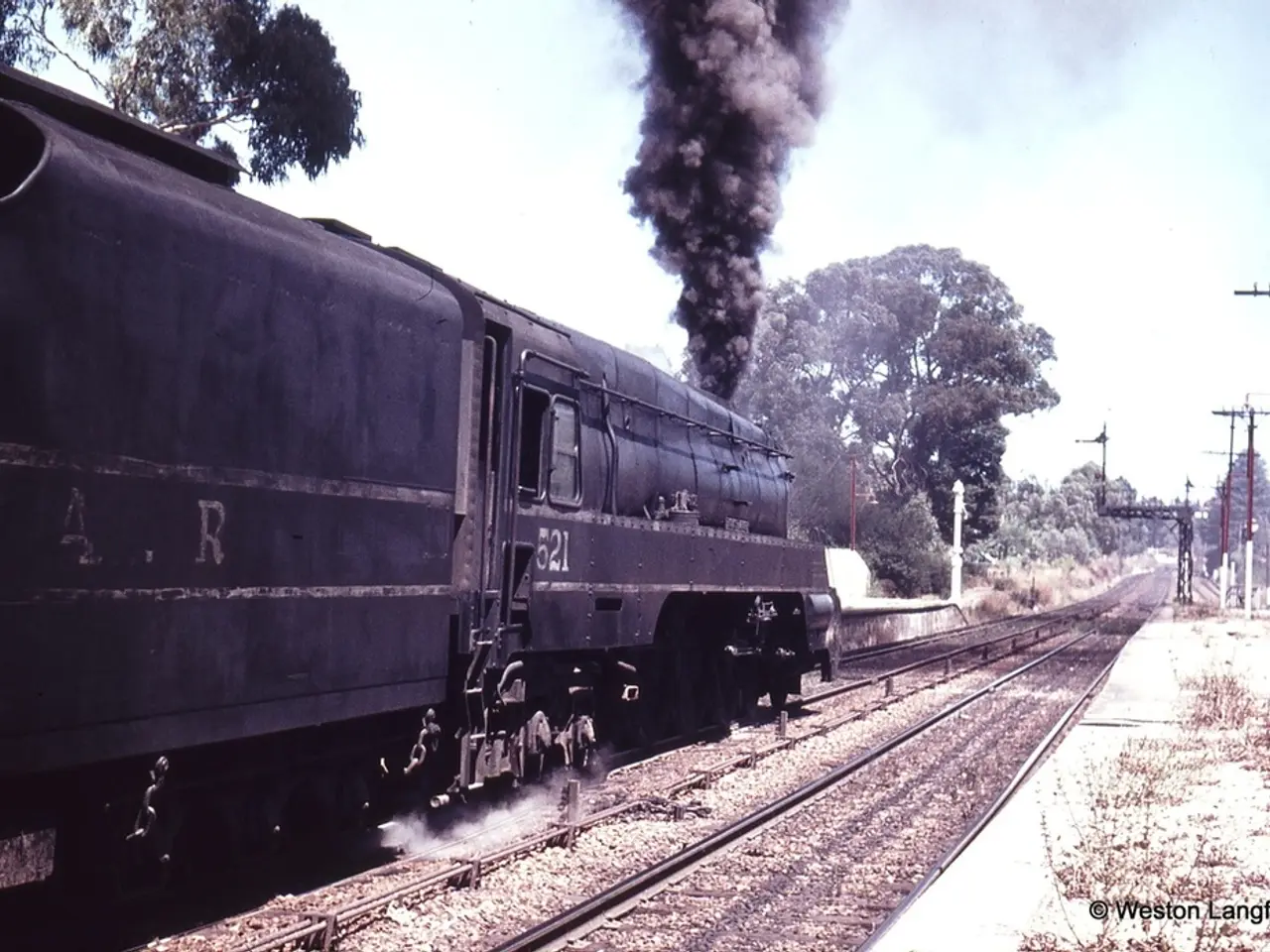Upgrading Power Supply at Gas Compressor Stations to Eradicate Pneumatic Gas Systems
At the 2015 Natural Gas STAR Annual Implementation Workshop, a presentation titled "Improving Access to Electricity at Compression Stations to Eliminate Gas Pneumatics" was delivered, though the specific location or company involved was not mentioned.
The presentation focused on the objective of eliminating gas pneumatics, which are commonly used to power devices at compressor stations. Pneumatics, which use natural gas to operate, often vent methane during operation, contributing to greenhouse gas emissions.
The proposed solution was to improve electrical access at compressor stations, enabling the replacement of pneumatic devices with electric alternatives. This switch would offer operational benefits such as increased reliability and reduced greenhouse gas emissions.
The presentation also discussed technical and logistical approaches for upgrading infrastructure to support electric devices at remote compressor stations. However, it did not provide a timeline for implementing these changes nor any financial implications or costs associated with the proposed upgrades.
Moreover, the presentation did not offer any case studies or examples of the proposed changes being implemented elsewhere, nor did it provide details about the current state of gas pneumatics at compression stations.
Despite extensive research, there are no accessible search results that directly provide information about the key points of this presentation. To obtain the exact key points, one may need to consult the EPA Natural Gas STAR program archives, workshop proceedings, or contact EPA directly.
This presentation aligns with the workshop’s themes on reducing methane emissions and improving operational efficiency at natural gas facilities. It is hoped that further information on this topic will be made available to the public in the future.
The presentation highlighted the potential shift from gas pneumatics, currently used for powering devices at compressor stations, to renewable-energy-powered electric alternatives in the industry, aiming to reduce greenhouse gas emissions. However, the presentation did not provide details regarding the finance or timeline for implementing these renewable-energy-based upgrades in the industry.




